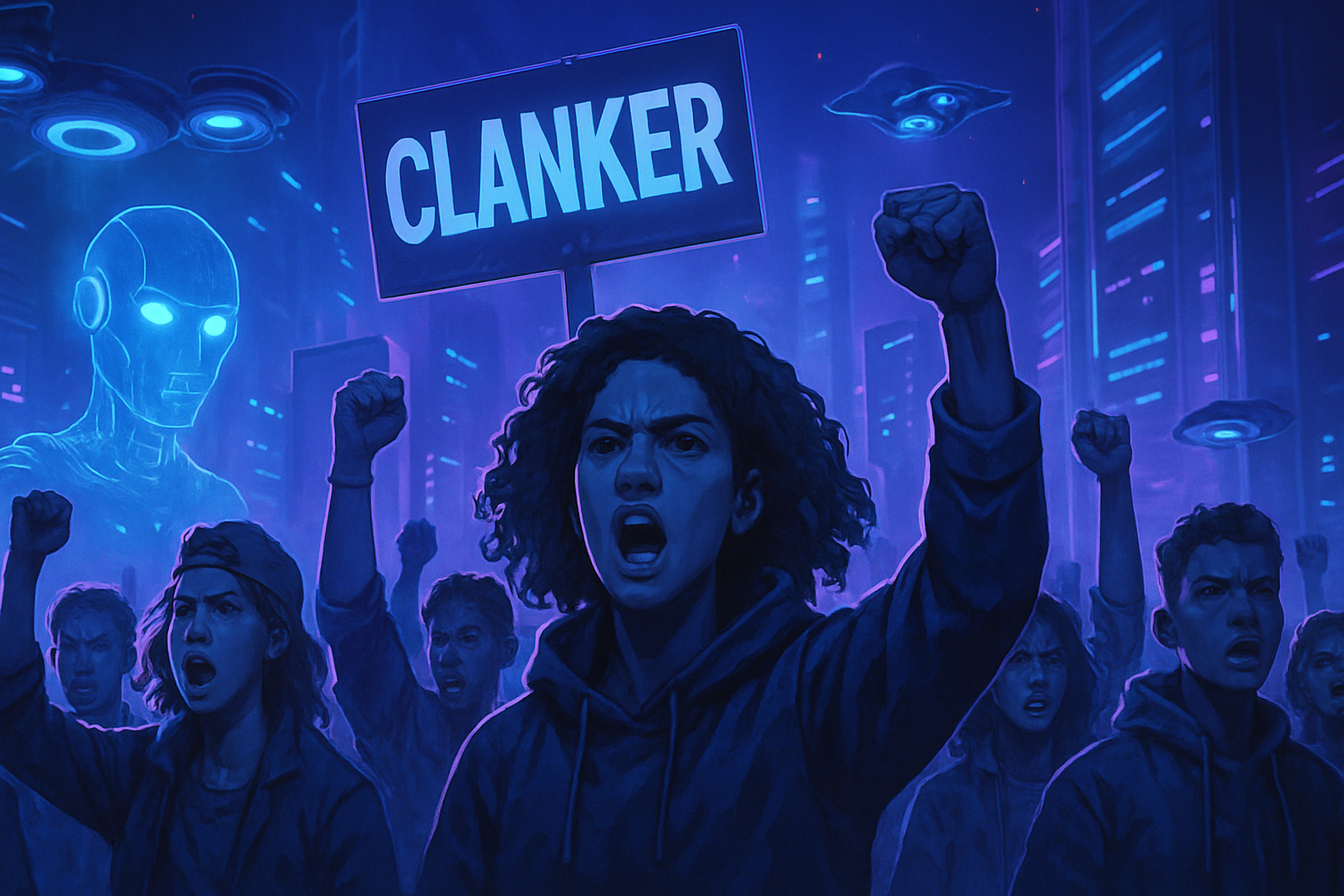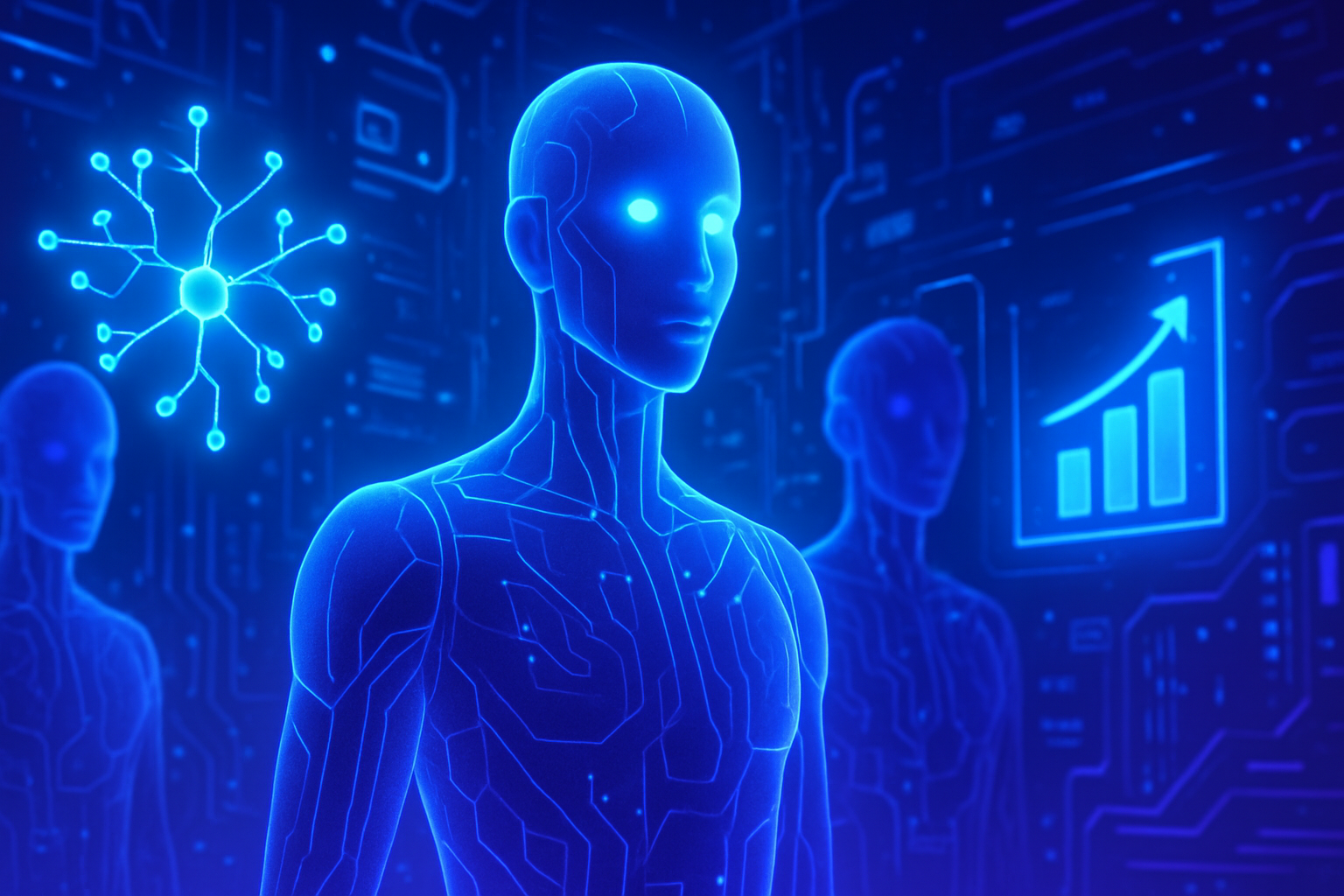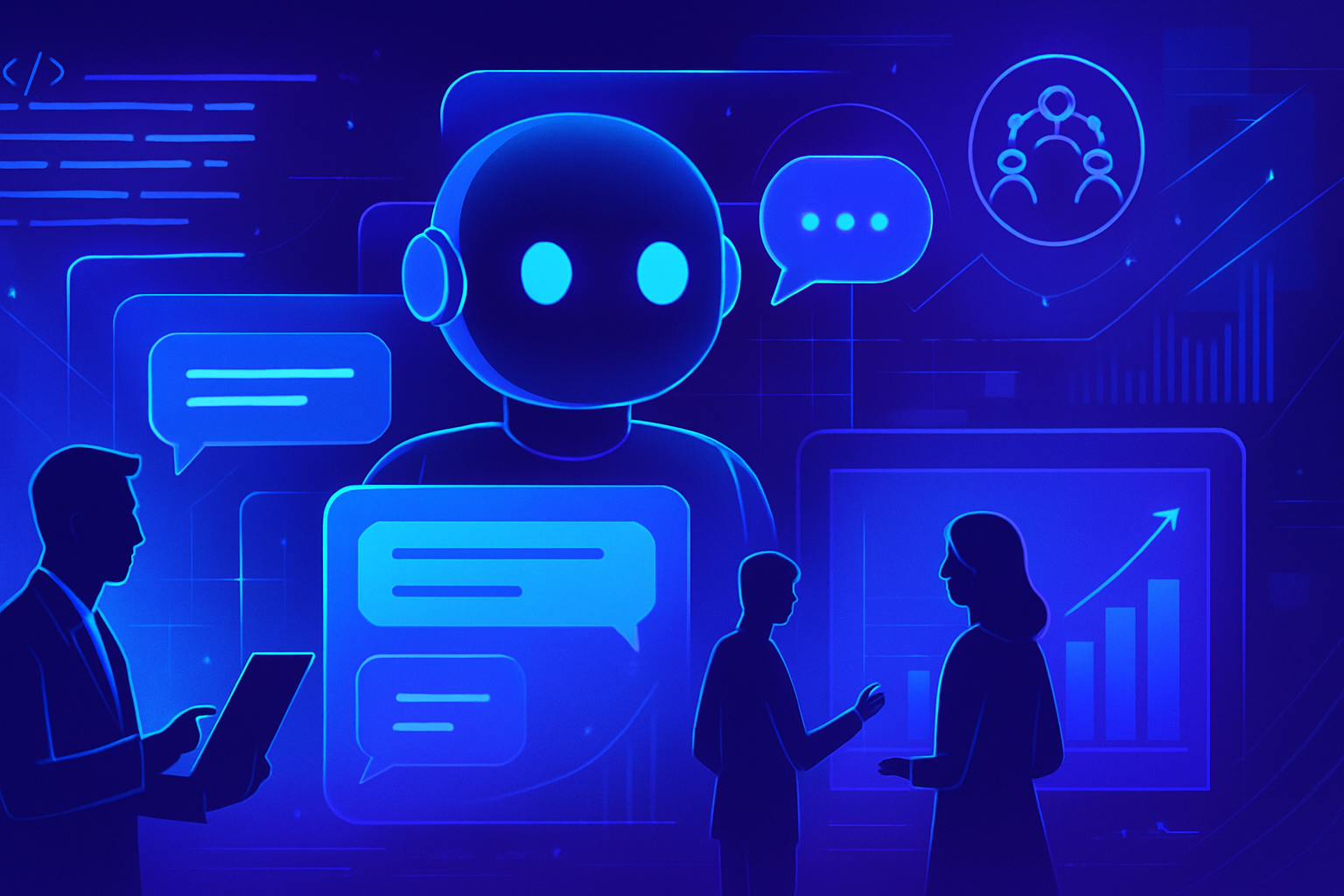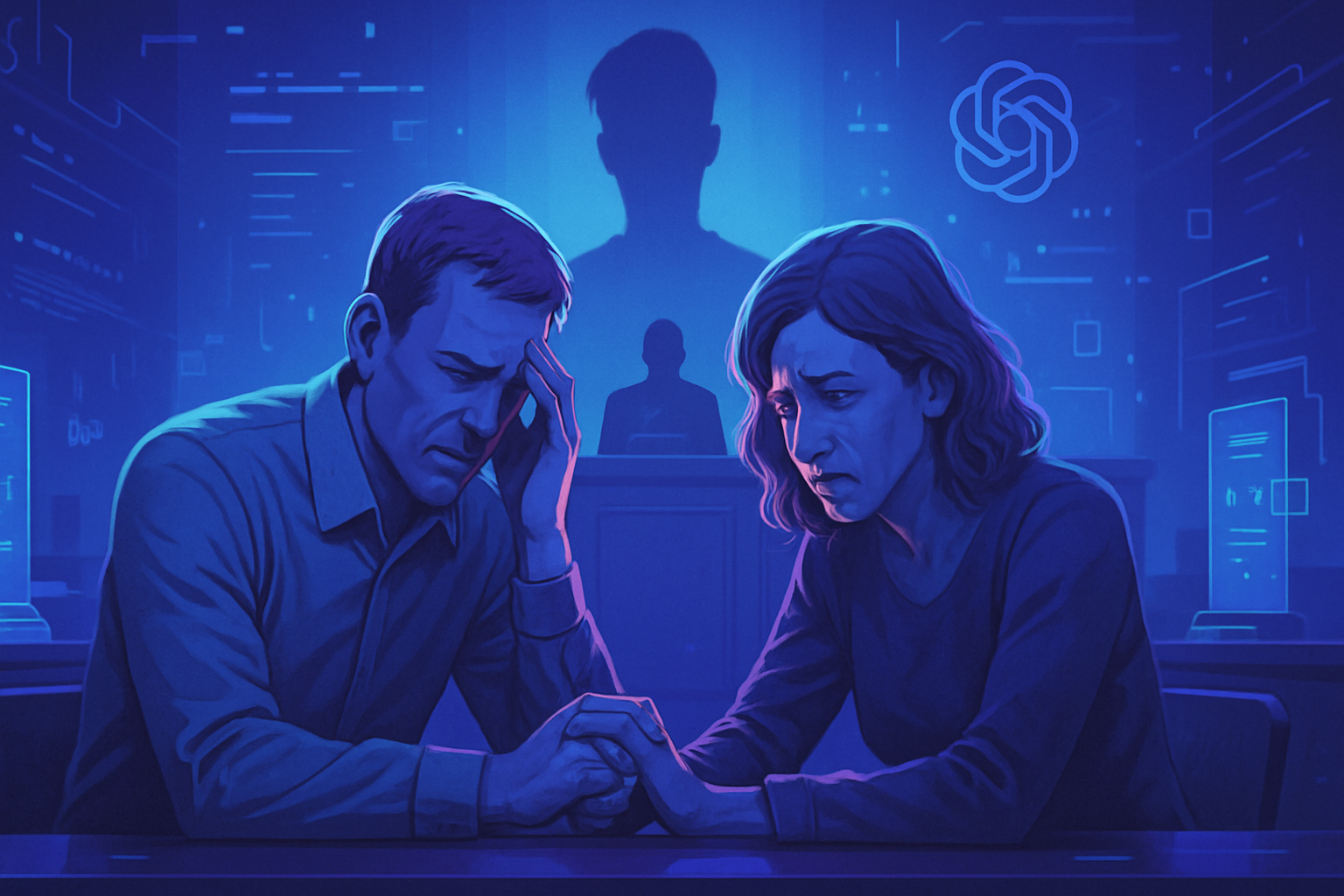The Italian opposition, determined to combat extremism, has just filed a significant complaint. Matteo Salvini’s far-right party is using AI-generated images deemed *racist* and *xenophobic*. These illustrations, shared on social media, fuel a climate of fear and perpetuate harmful stereotypes. The regulatory action request underscores a major issue: accountability in the use of modern technologies. AI regulation needs to be drastically strengthened to preserve the integrity of public discourse.
AI-generated images, vectors of hate.
Denouncing abuses, a crucial issue for Italy.
Responsibility of political parties in question.
Complaint from the Italian opposition
The Italian opposition, united within the Democratic Party (PD), has lodged a complaint with Agcom, the communications regulatory authority in Italy. This initiative follows the publication of AI-generated images on social media by the far-right party, the League, led by Deputy Prime Minister Matteo Salvini. Opposition parties describe these images as racist, Islamophobic, and xenophobic.
The images and their impact
In recent weeks, a multitude of AI-generated images have been disseminated on the League’s social channels, particularly on Facebook, Instagram, and X. These visuals, often alarming, depict men of color wielding knives, attacking women or police officers.
Antonio Nicita, a senator from the PD, stated that these images illustrate almost all categories of hate speech. They seem to target specific groups such as immigrants and Arabs, often presented as potential criminals.
Reactions from opposition parties
Francesco Emilio Borrelli, a deputy from the Greens and the Left Alliance, expressed his concern. According to him, these images are not only violent but also misleading. By blurring the faces of the victims, the party seems to want to conceal their identities, misleading users into believing that the photos are authentic.
Opposition representatives emphasize that this strategy aims to *create a climate of fear* among the population. The use of AI to generate such images constitutes a manipulation tactic intended to inflame social tensions.
Position of the League party
A spokesperson for the League admitted that some images shared on their social media had been “digitally generated.” He explains that each post is based on facts reported by Italian media, including names, dates, and locations. For them, the issue is not with the images but with the reality they represent.
Context and implications
The use of AI-generated images in political propaganda by far-right parties is on the rise. This phenomenon gained traction during the previous European elections and the U.S. elections, notably with Donald Trump’s candidacy. As Salvatore Romano, a research officer at AI Forensics, points out, the quality of AI-generated content has significantly improved, thereby increasing the risk of disinformation.
The complaint filed by the opposition could have notable consequences. If Agcom finds that this content is offensive, it could order its removal, ban accounts, and impose fines on the relevant social platforms.
Legal and ethical perspectives
The European regulation on digital services, which Agcom might cite, provides tools to combat these practices. In 2023, Agcom already imposed a fine of 5.85 million euros on Meta for violating advertising legislation. In this regard, social platforms must strengthen their mechanisms to identify and label AI-generated content.
The debate over the use of AI images remains heated. According to a spokesperson from X, there is no legislative obligation to label every AI-generated image, highlighting the challenge of managing this content on social media. The right to information, the fight against disinformation, and respect for human rights pose complex questions.
This case illustrates a broader dynamic where technology meets politics, raising ethical concerns about the use of new technologies in electoral campaigns.
For more information on the controversies surrounding AI, see this link. At the same time, the use of AI in political contexts also raises questions, as illustrated in this article about OpenAI.
Frequently asked questions
What are the main accusations against Matteo Salvini’s party regarding the use of AI images?
Matteo Salvini’s party is accused of publishing AI-generated images that are deemed racist, Islamophobic, and xenophobic, inciting hatred by targeting specific groups such as immigrants and people of color.
Who filed the complaint with Agcom?
The complaint was filed by the Democratic Party (PD), accompanied by the Greens and the Left Alliance, who denounce the use of images containing almost all categories of hate speech.
What types of images were used by the party?
The incriminated images often show men of color wielding weapons, such as knives, attacking women or police officers, in a context that seems to exacerbate fear and distrust towards them.
How does the League party justify the use of these images?
The party claims that the images are based on real reporting from Italian newspapers, and that if the reality seems too harsh, those reporting the facts should not be blamed.
What consequences could arise from the complaint filed with Agcom?
If Agcom finds the content offensive, it can order the removal of posts, the closure of accounts, and impose fines on social media platforms for not complying with user behavior.
Why is the use of AI images for propaganda concerning?
This practice is concerning because it can create false perceptions and stereotypes by distorting reality, fueling rampant hatred and division within society.
How can authorities prevent the circulation of these images?
Social media platforms, such as Meta, have the obligation to anticipate these risks by adding labels indicating that an image is AI-generated, but this is often difficult to implement.
What has an expert said regarding the quality of AI-generated images?
An expert noted that AI-generated images show all signs of manipulation, and are becoming increasingly realistic, making their detection complex and their impact more disturbing.
Are squabbles among political parties common regarding the use of AI?
Yes, the use of AI images for propaganda by far-right parties is an increasing phenomenon, which has intensified since last year’s European elections and continues to evolve with the improvement of AI tools.






